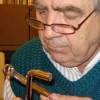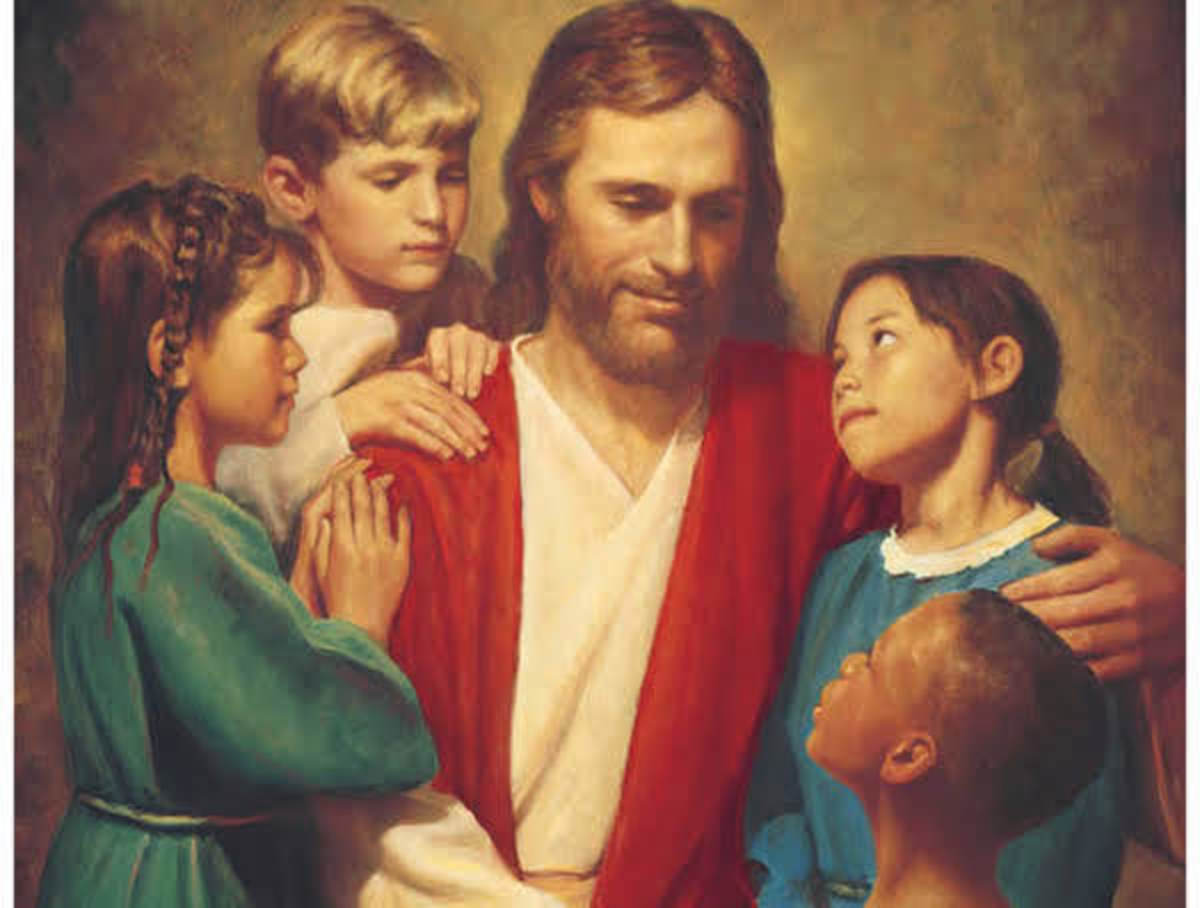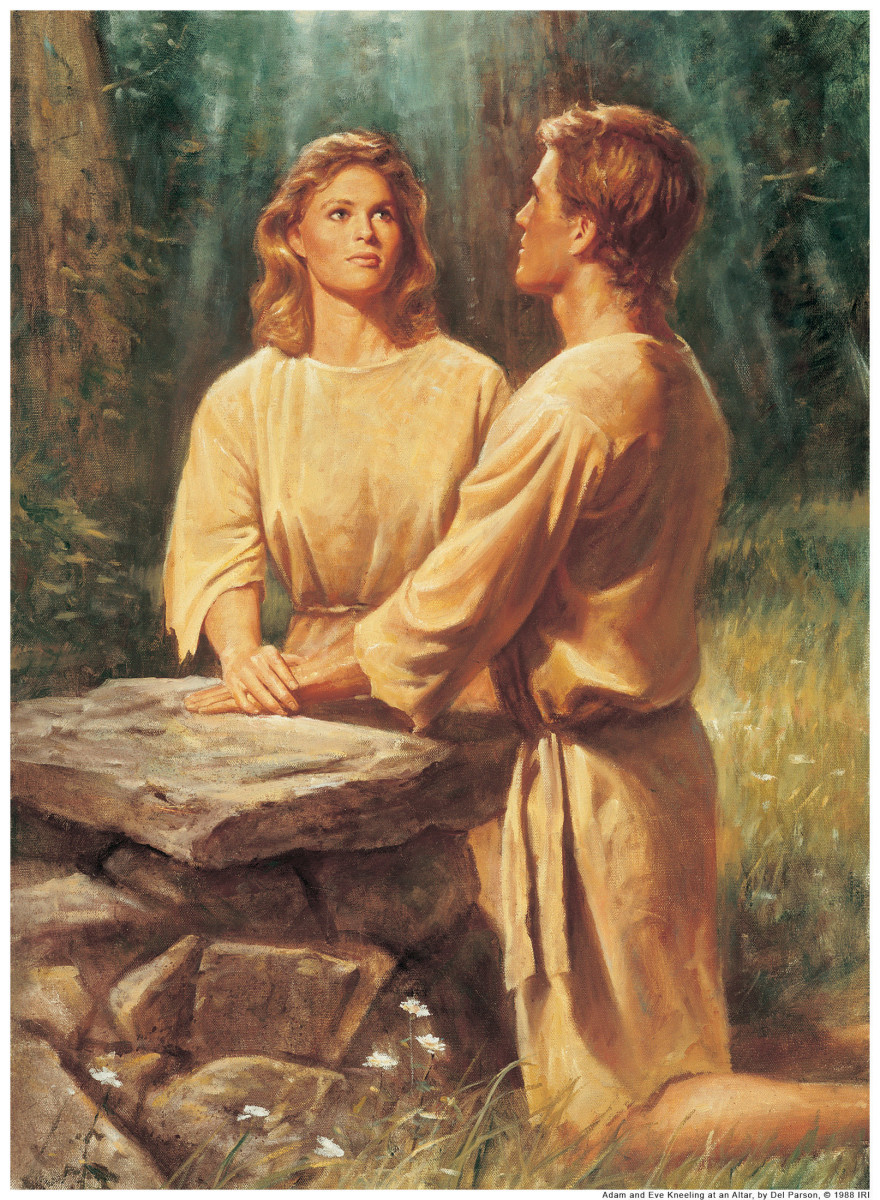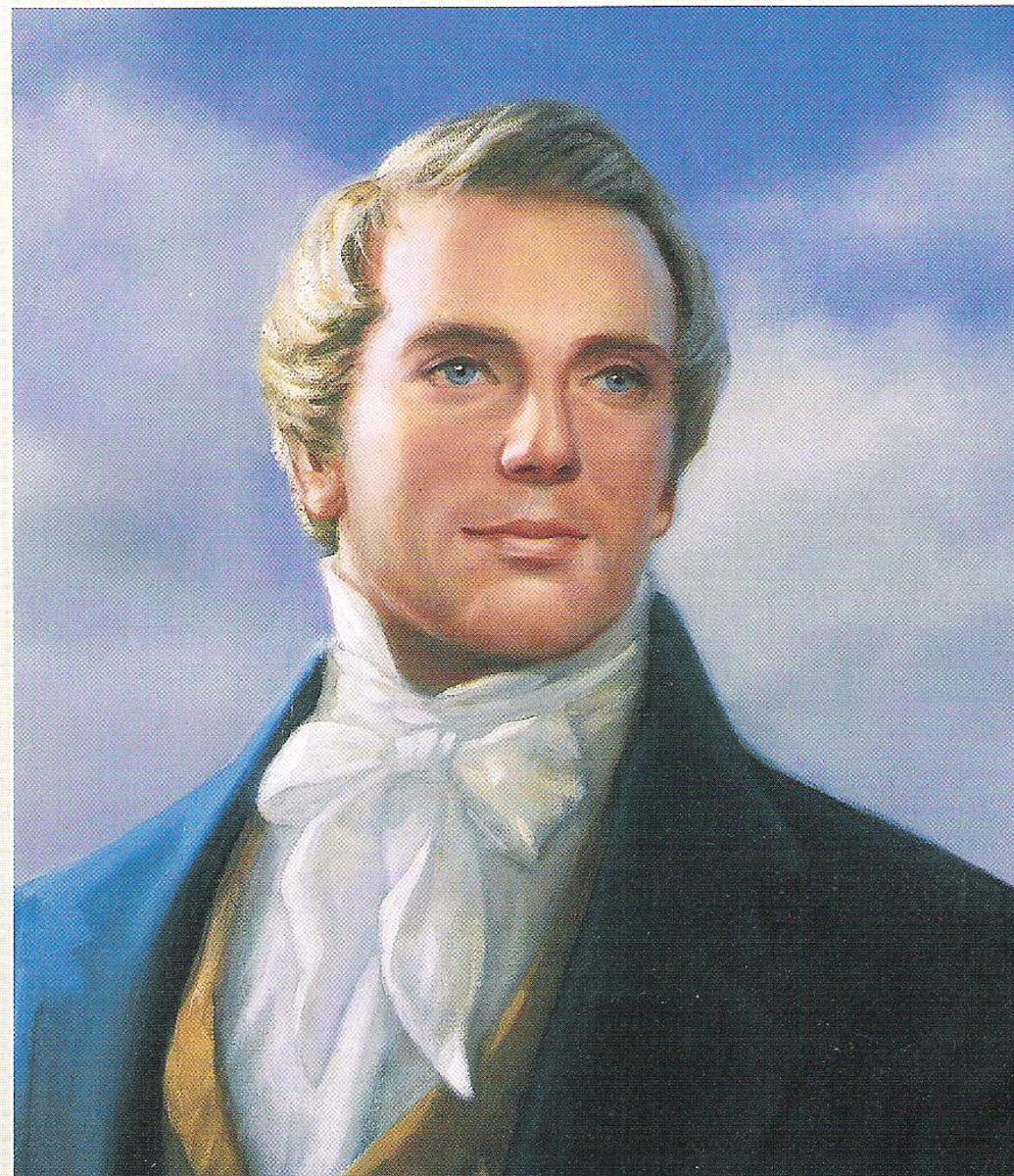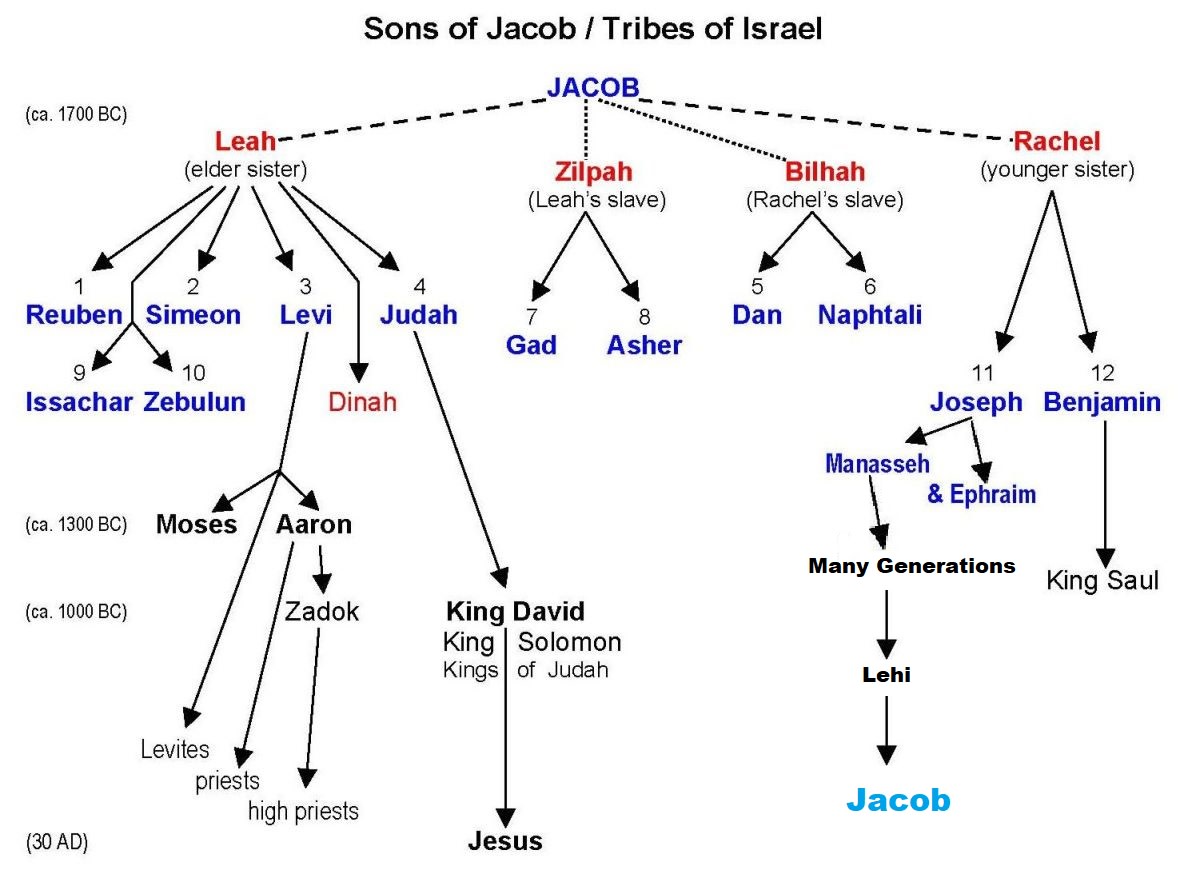Defending Joseph Smith's First Vision for Mormons and non-LDS

The Church of Jesus Christ of Latter-day Saints (the "Mormons") had its origin in a vision of God the Father and His Son Jesus Christ to Joseph Smith, in 1820 in New York. He was about 15 years old at the time. It has been said that the truthfulness of the LDS Church rests on the validity of that vision.
Many people have used that reasoning to attack the Church, saying that there are many versions of the "First Vision" of Joseph Smith. They wonder which version they are to believe.
Opponents report that each time Joseph reported the vision, he changed it. There are times when his first vision was from angels. One time it was concerning Joseph being forgiven of his sins. Also, Joseph purportedly reported that it was a visit only from Jesus. (The word "only" was used, but the source provided didn't have that word. Readers must exercise caution when reading the words of LDS opponents; they are expert at slightly changing or twisting the facts for their own use.) They say that Joseph should remember correctly something as important as a visit from God.
Also, it is reported that early Church leaders who knew Joseph Smith reported that he saw an angel, instead of the Father and the Son. Jerald and Sandra Tanner, in their book, "Mormonism-Shadow or Reality?" used LDS sources to report that Brigham Young, John Taylor, and Orson Pratt used the word "angel" when they described the First Vision, thus trying to show that the accounts were false, because they were always changing, or were never clear to begin with.
But I will show you how they twisted their quotes to turn them toward supporting their claims that Joseph Smith was a charlatan. Here is Brigham Young's quote. The bolded words make up the Tanner quote (note how many words they left out), and the words between asterisks (**) show the flow of the true, complete thought:
**The Lord did not come with the armies of heaven, in power and great glory, nor send His messengers panoplied with aught else than the truth of heaven, to communicate to the meek the lowly, the youth** of humble origin, the sincere enquirer after the knowledge of God. **But He did send His angel to this same obscure person, Joseph Smith Jun.,** who afterwards became a Prophet, Seer, and Revelator, **and [He, the Lord] informed him that he should not join any of the religious sects of the day, for they were all wrong; that they were following the precepts of men instead of the Lord Jesus; that He had a work for him to perform, inasmuch as he should prove faithful before Him.**” (Journal of Discourses 2:170-171)
The Tanners quoted John Taylor, the third president of the church, who said, on March 2, 1879 that an angel [first] came to Joseph (Journal of Discourses vol. 20, p. 167). They left it at that. But they failed to draw from later quotes of the same day, which read: "When Jesus sent forth his servants formerly he sent them to preach this Gospel. When the Father and the Son and Moroni and others came to Joseph Smith, he had a priesthood conferred upon him which he conferred upon others for the purpose of manifesting the laws of life, the Gospel of the Son of God, by direct authority, that light and truth might be spread forth among all nations. (Journal of Discourses 20:257)
So why would Taylor say "angel" in one breath, then use "Father and the Son" in another? There are at least three explanations: It was a slip of the tongue, or of the pen, or he could have been thinking of a scripture in which Jacob called the God of Israel “the Angel which redeemed me" (Genesis 48:16).
We know that Taylor really understood the details of the first vision, because he published the account of the First Vision in 1842, which refers to the Father and Son. Also, he authorized a reprint in 1878, the account we have today. That was just one year before John Taylor’s angel comment in 1879.
Here’s the Tanners’ use of the quote from Pratt (again, the bolded part is all they quoted):
By and by an obscure individual, a young man, rose up, and, in the midst of all Christendom, proclaimed the startling news that God had sent an angel to him; that through his faith, prayers, and sincere repentance he had beheld a supernatural vision, that he had seen a pillar of fire descend from Heaven, and saw two glorious personages clothed upon with this pillar of fire, whose countenance shone like the sun at noonday; that he heard one of these personages say, pointing to the other, ‘This is my beloved Son, hear ye him.’ This occurred before this young man was fifteen years of age; and . . . This was the style of the remarks made by religionists forty years ago. This young man, some four years afterwards, was visited again by a holy angel. (Journal of Discourses, Vol.13, pp.65-66)
What does this tell you about the Tanners?
When people judge someone else’s incident based on their own experiences, this should not be considered valid criteria for drawing a conclusion as to its validity. Each of us is different, and each life has a different set of defining influences. This is evident in the two versions of Paul’s first angelic encounter. It’s true that each was told by a different person, but the degree of differences between the two are enough to make one wonder about our natural tendencies in relating the same event more than once.
Also, we know that Joseph didn’t tell us everything, even concerning the first few moments of his vision. This is evident in the words of God the Father who said, “This is My Beloved Son, Hear Him.” This sounds like a cue for Jesus to speak next. But Joseph didn’t record those words. This is probably where Jesus told Joseph that his sins were forgiven him. And this seems to be the first thing Jesus tells people before He continues with the business at hand. This identifying hallmark of Jesus’ actions is found in many scriptures: Mark 2:5, Luke 7:48, Enos 1:5, Doctrine and Covenants 25:3, Doctrine and Covenants 110:5, and in at least ten other places.
This tells us that if Jesus had not started with a forgiving of Joseph’s sins, that would have been out of character of Him, considering all these other accounts.
If you experienced a life-changing event, can you be sure you will tell it the very same way to each and every person who asks you about it? Suppose your life-changing event was the visit of a rich uncle you had never met before, and he gave you a copy of his will, which designated you as the inheritor of his riches and estate?
Now let’s suppose that you tell your spouse about it: You would probably tell it all, except any off-color or private jokes he may have told. The next day, if you saw a fellow-employee, and he mentioned something about unknown relatives, you would probably tell him you just discovered yesterday that you had a rich uncle you never knew about. You probably wouldn’t mention the will, as you know he might start shining up to you in hopes of getting a piece of it.
After the rich uncle dies, you would go to the bank or title company and show them the will. There would be no need to tell them you didn’t know of his existence before he gave you the will.
To one person you would say “Uncle Scooter visited me.” To another, you would say, “My boat came in.” To even another, you would tell him the jokes your uncle told.
There are many more ways you could tell that story. Why would it be different with Joseph Smith? Each time he told or wrote his account, there existed different circumstances, and different motives for relating the story.
There seems to be something about visions that is multi-dimensional, and therefore hard to explain. Joseph Smith hinted at how complex a single, quick view into heaven can be by this statement: “Could you gaze into heaven five minutes, you would know more than you would by reading all that ever was written on the subject” (Teachings, p. 324, as quoted on LightPlanet.com).
I had an experience with a young woman which supports that concept:
One day, I taught a Primary class in a way that deeply affected the children spiritually. After Sacrament meeting that same day, two girls from that class came up to me and with wide eyes and a bit of excitement, told me that during the closing hymn, they saw some angels on the piano. They also told my mother the same story, and said that they only saw them briefly; when they did a double-take, the angels were gone.
My mother told them to write that down in their journals; they said they would.
During the minutes and days that followed, I could see that the girls were still deeply affected, reporting: “This is so awesome!” I, also, felt a great spiritual feeling which stayed with me a number of days.
The next Sunday, I called and asked the father of one of the girls if I could come over to their house. I asked if his daughter would consider reading me her journal entry. They both agreed, and I soon found myself at their house, sitting in front the girl, her brother and her father.
The girl read from her journal, which said essentially, “Today something special happened to me and my friend: During the closing song, we saw an angel on the piano. He was tall, handsome and full of light, and dressed in a white robe. While we sang, he moved his hands to the music as he led us in prayer.”
Note that originally the girls reported “angels.” In the diary, it was one angel. Also note this interesting thing, coming from the pen of an 11-year-old girl: “While we sang, he moved his hands to the music as he led us in prayer.” I thought to myself, “Where did the word “prayer” come from during a hymn? But I concluded that this girl both saw and felt something that was more complex than just a visual representation of this vision. This, for me, was evidence that it actually happened, and it supports Joseph Smith’s assessment of a typical vision, as quoted above.
Let me tell you a story that I reported – many times – to my friends and family after I returned from my military tour of Vietnam:
One day I was writing a letter to my family. The letter had the form of a newsletter. In the newsletter I roasted our captain, and drew a picture of him sucking his thumb, with a baby-bottle of milk at this side. My squad leader saw it, laughed, and showed it to our platoon sergeant. He laughed, then turned and said he was going to show the captain.
Later that afternoon, the captain put up a tent so he could give us our paychecks. He liked for us to salute him before he gave us our checks. When I was next in line, I saluted him and said, “Specialist Four Richardson reporting for pay, SIR!”
He tapped the envelope against his other hand as he said, “I don’t know if I should pay you, seeing what you’ve done to my character.”
My response was: “Freedom of the press, SIR.”
He sheepishly saluted me, gave me my check, and said, “Roger that.”
That night, he sent our platoon on an ambush patrol. We were to cross in front of another ambush patrol he had sent out earlier. Our platoon sergeant asked if he was going to alert the other platoon, so that they wouldn’t fire on us. The captain assured him he would call them.
Well, it turned out he didn’t call them, and when we got to that area, they opened fire on us. I could see tracers coming at us, and missing each soldier by inches. We dropped to the ground. Our leaders yelled out that we were friendly, and to “Cease fire!”
They stopped, and when we assessed the situation, we considered it a miracle that nobody was hurt.
Can you believe that our captain was so angry at me for winning that war of wits that he would send us all on a mission to be ambushed?
Those that heard the story told me I should report him to some judicial system. So I looked up the story in my journal. What I found shocked me:
The ambush happened first, which was in November of 1968, and the newsletter and payday incident happened in February of 1969!
I read it over and over, unable to accept this, at first. It seemed so clear in my mind to be the other way around. But there it was, on paper! In the journal entry, after I reported that the captain saw my article about him, I wrote: “Well, if you hear of me going on a one-man ambush with three bullets and no weapon, you’ll know that the C.O. didn’t appreciate his column. But he didn’t mind it – so far.”
There’s no mention of going on an ambush that night, nor soon after. In fact, the next think I reported three or four days later was our “stand-down” (a brief vacation with a rest, cold drink, and goodies in a safe area).
Another story: I once did a certain procedure while I was alone in the basement before I was married. Shortly after, I reported it to my brother, when he came down into the basement. It was quite entertaining, so my brother told it to our other brother.
I have an electronic copy of Yahoo Groups letters (posts) wherein one brother reports that he saw me perform that procedure. Another letter from other brother reports that he was with our sister when they saw me perform that procedure. Those letters can be produced if anybody wishes to see them.
The above stories show how easy it is to forget significant events in our lives, or to change them around in our minds. Joseph Smith wrote the official version of his vision in 1838. By that time, he had seen many, many visions. He also endured many, many hardships. We don’t know the make-up of Joseph’s mind. We were not there. If we didn’t see and endure the same things Joseph Smith endured, then I think it would be fruitless and unfair of us to judge the veracity of Joseph’s stories based on our own circumstances.
The more sure way to know of the truth about the First Vision would be to ask God in the name of Jesus Christ if Joseph Smith was a true prophet and if he restored the Church of Jesus Christ. Many people have done so, and many have received a witness that it is so.
